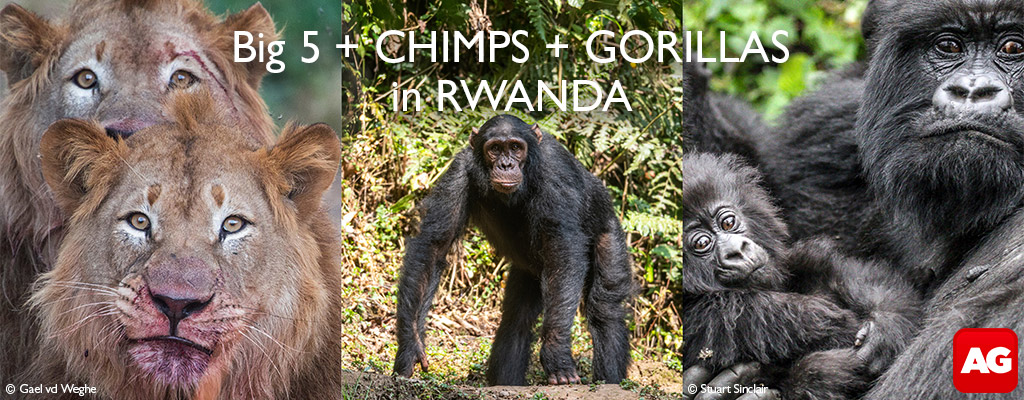
When I’m sketching, I often have people looking over my shoulder. It doesn’t bother me now, but I remember how self-conscious I was when I started field sketching. Instead of concentrating on my sketch, I worried about what the people around me were thinking. My mind wasn’t focused; hence my sketches didn’t turn out as well, making me even more self-conscious.
I needed to find the confidence to forget about my audience, and focus on my sketch to create a piece I was happy with and thereby gain more confidence.
But how do you do this?
Where do you find that initial confidence?
One way is to be very familiar with your subject matter. For example, Leaving the Boma (above) involved a herd of cattle, their Maasai owners and the houses within the boma. It could have been very intimidating, but I drew on my existing knowledge of the subject matter to allow me to make quick decisions so I could dive straight into the sketch.

I knew that cows move deceptively fast, and they would soon be out of sight. My first decision was to start sketching from where I stood instead of searching for the perfect spot. I also knew that some men would remain in the boma and that none of the houses would be getting up and moving anytime soon. So my second decision was to sketch the cows first, then add the people and the details of the boma afterwards.
I am also very familiar with the shape of a typical Maasai cow, having sketched them several times before. Rather than sketching the beasts in great detail, I drew them as ovals: one oval for the body of each cow to show me how many there would be and where. Next, I picked three ovals in the foreground to turn into complete cows. You’ll notice from the sketch that only the grey and white cow in the foreground has its full complement of legs, horns and ears. There are two more cows which have faces (and some legs), but the majority of ‘cows’ are just very rough shapes, maybe with a hump on the back or a curve of a horn. This is something to remember whenever you sketch a large collection of people, animals or even trees – you don’t need detail everywhere, you just need detail in a couple of places, and your incredible brain will fill in the rest.

The trick is not to be intimidated by a complex, moving scene. I was confident enough to break it down into manageable parts: the cows, the people, and then the houses and trees. The entire pencil sketch was completed in less than ten minutes, so I had time for tea with the owner of the boma. I added the watercolour later that day without reference to photos or video. I was able to do this because (you guessed it) I am very familiar with my subject matter. Next time you go out field sketching, try a subject you are very familiar with. It gives you the confidence to go further with your sketching than you ever imagined.
Join Alison on an art safari in Africa. Non-sketching partners are welcome.
To comment on this story: Login (or sign up) to our app here - it's a troll-free safe place 🙂.![]()








